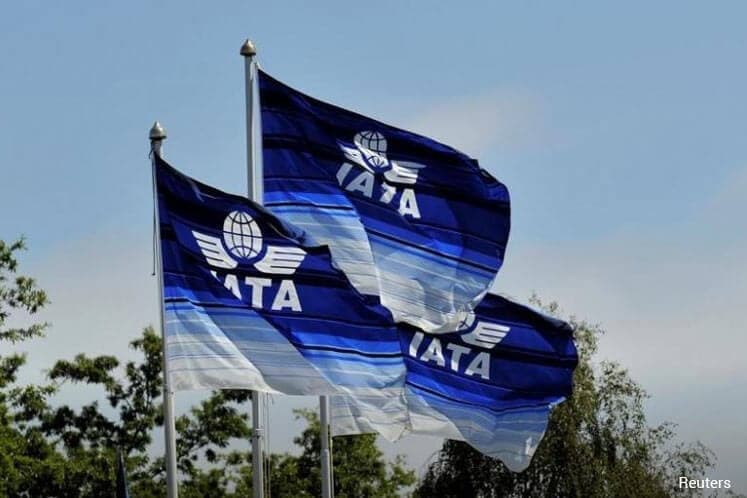
SEOUL (June 2): The International Air Transport Association (IATA) has cut its 2019 net profit forecast for the global air transport industry on the back of a deteriorating business environment amid rising fuel prices and a substantial weakening of world trade.
It now projects net profit to come in at US$28 billion from an earlier US$35.5 billion forecast made in December 2018.
This is also a decline from 2018 net profit, which was recorded at US$30 billion.
Speaking to reporters after the opening of IATA's 75th annual general meeting today, its director general and CEO Alexandre de Juniac said overall costs in 2019 are expected to grow by 7.4%, outpacing a 6.5% rise in revenues.
“(Airlines') margins are being squeezed by rising costs right across the board including labour, fuel and infrastructure. Stiff competition among airlines keeps yields from rising.
"As a result, net margins are expected to be squeezed to 3.2% from 3.7% in 2018. Profit per passenger will similarly decline to US$6.12 from US$6.85 in 2018," he said.
"Airlines will still turn a profit this year, but there is no easy money to be made,” de Juniac added.
This year, passenger yields are expected to remain flat in 2019 after a 2.1% fall in 2018.
However, total passenger numbers are expected to rise 4.5% to 4.6 billion this year from 4.4 billion in 2018.
On a regional basis, Asia-Pacific airlines will deliver a net profit of US$6 billion, down from US$7.7 billion in 2018.
"That represents a net profit per passenger of US$3.51 and a net margin of 2.3%. The region is showing very diverse performance," said de Juniac.
According to IATA, passenger demand growth is expected to be more robust than for cargo this year.
IATA chief economist Brian Pearce said the airline grouping is expecting weakening of global trade to continue as the US-China trade war intensifies.
"This primarily impacts the cargo business, but passenger traffic could also be impacted as tensions rise," he noted.
After an exceptional performance in 2017 (+9.7% growth), cargo demand growth is anticipated to be flat in 2019 to 63.1 million tonnes because of the impact of higher tariffs on trade.
Cargo demand growth slowed to 3.4% to 63.3 million tonnes in 2018.
Cargo yields are also expected to be flat in 2019 after a 12.3% improvement in 2018, as cargo load factors fall further, and supply-demand conditions weaken.
Pearce said the high price of Brent fuel from 2018 of US$71.6 per barrel will continue in 2019, with an average cost of US$70 per barrel expected. This is 27.5% higher than the US$54.9 per barrel recorded in 2017.
Fuel costs will account for 25% of airlines' operating costs, up from 23.5% in 2018.
Non-fuel unit costs are expected to rise to 39.5 US cents per available tonne kilometer from 39.2 US cents, because of higher labour, infrastructure and other costs.
However, overall revenues are not keeping pace with the rise in costs. For 2019, total revenues of US$865 billion are expected (+6.5% on 2018).